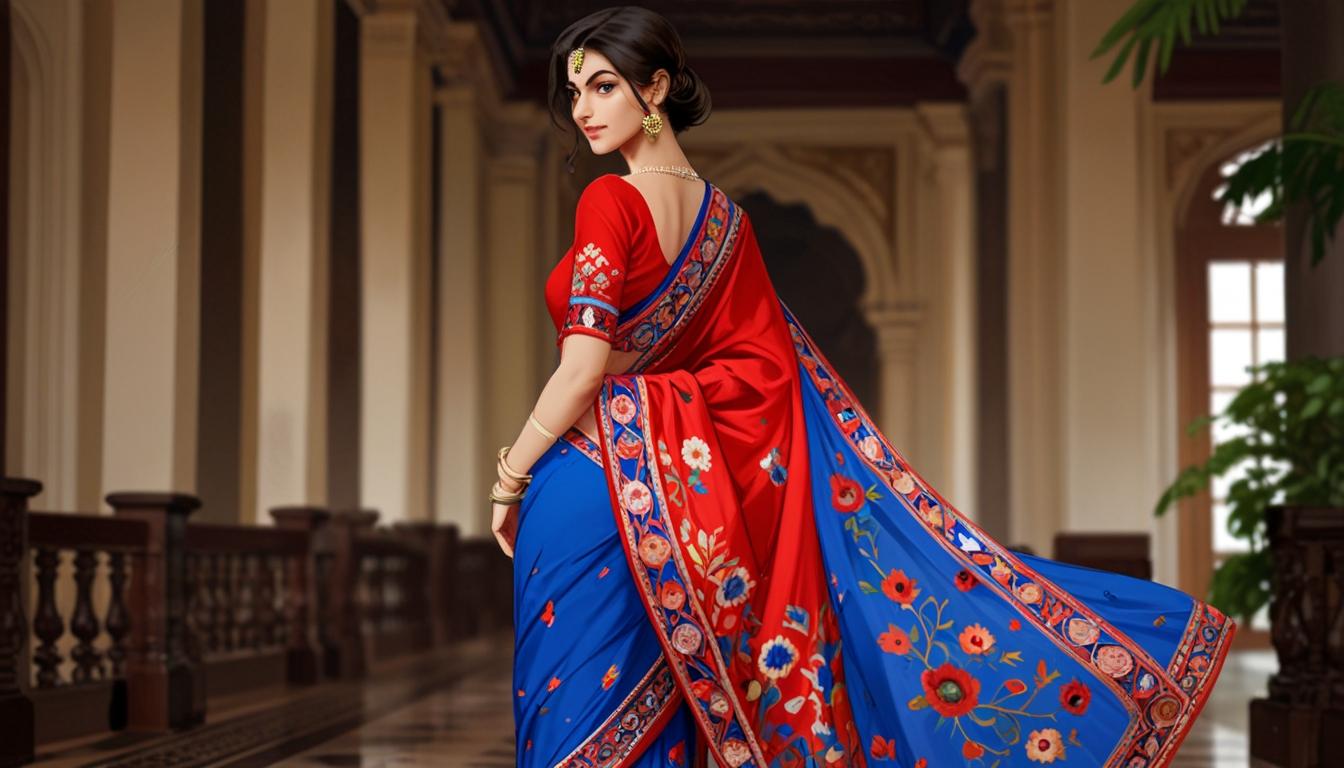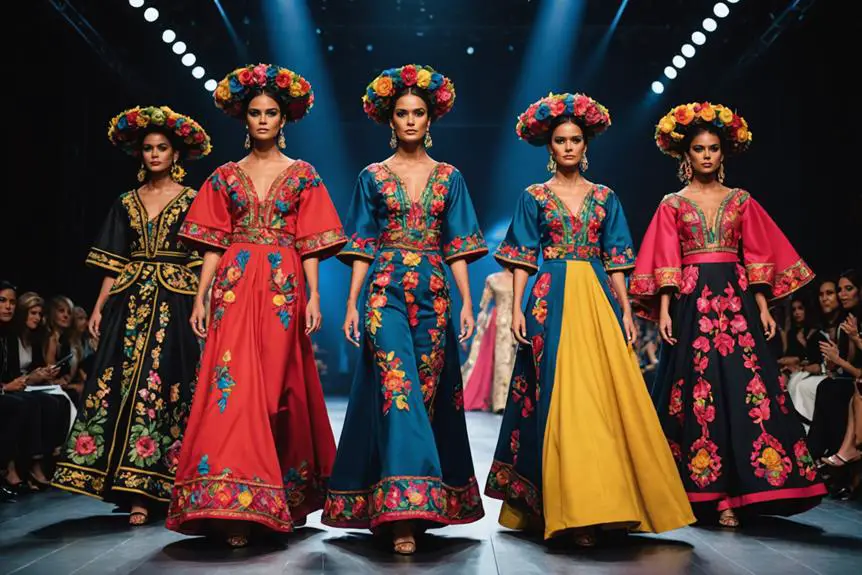Cambridge: Nita Ambani captivates the audience at the Harvard India Conference with her keynote address and a stunning Parsi Gara sari, designed by Zenobia S. Davar. The intricate craftsmanship highlights the need to preserve this endangered art form amidst challenges from mass-produced imitations.
Nita Ambani has garnered attention at the Harvard India Conference for her keynote address, as well as for her striking Parsi Gara sari, a handcrafted piece that took almost two years to create. Renowned fashion designer and art revivalist Zenobia S. Davar designed and restored the sari, which showcases the intricate craftsmanship of Parsi Gara embroidery—a traditional art form that is in jeopardy of fading from cultural memory.
In an exclusive interview, Zenobia elaborated on the elaborate process that led to the creation of the sari worn by Ambani. She noted that the workmanship involved almost 18 months of dedicated effort from multiple artisans. “Depending on the type of embroidery, the number of artisans involved increases,” she explained. The sari’s rich red and blue colours are accompanied by delicate floral designs, representing the luxurious heritage of Parsi textile artistry.
To enhance the aesthetic of the antique sari, Ambani paired it with a custom-styled blouse designed by Manish Malhotra, merging traditional techniques with contemporary fashion. The intricate embroidery on the sari incorporates a technique often referred to as the “forbidden stitch,” a term that reflects both its complexity and the historical difficulties artisans faced. Zenobia shared insights into this technique, saying, “Back in the 19th century, artisans would go blind working on these sarees under poor lighting conditions. It was so difficult that only the royals could afford to commission such pieces.”
The forbidden stitch is an essential characteristic of authentic Parsi Gara embroidery, originally introduced to India via Indo-Chinese trade routes. Traditionally crafted with fine sewing needles, the creation method has evolved to utilise hook needles in a technique known as Aari, according to the designer.
Despite its rich history and elegance, Parsi Gara embroidery faces the challenge of being eclipsed by mass-produced versions that lack authenticity. Zenobia remarked on this proliferation of imitations, warning that “people are selling fake Garas at the price of the original. A true Gara saree is something you’d find in your Parsi grandmother’s closet. It’s not just about embroidery—it’s about legacy.”
The decline of handloom weaving since the 1970s, spurred by the emergence of power looms, has further imperilled this art form. However, dedicated designers like Zenobia are striving to revive Parsi Gara embroidery by restoring vintage pieces and offering sustainable employment to artisans. This effort also includes educating consumers on how to discern genuine pieces from their mass-produced counterparts.
Zenobia, through her restoration work, aims to cultivate an understanding among younger generations that these textiles are not merely garments, but valuable slices of history. With prominent figures like Nita Ambani showcasing these textiles on international stages, there is a growing hope for a renewed appreciation of Parsi Gara embroidery in contemporary society.
Source: Noah Wire Services





Wonderful blog! I found it while browsing on Yahoo News.
Do you have any tips on how to get listed in Yahoo News?
I’ve been trying for a while but I never seem to get there!
Thanks